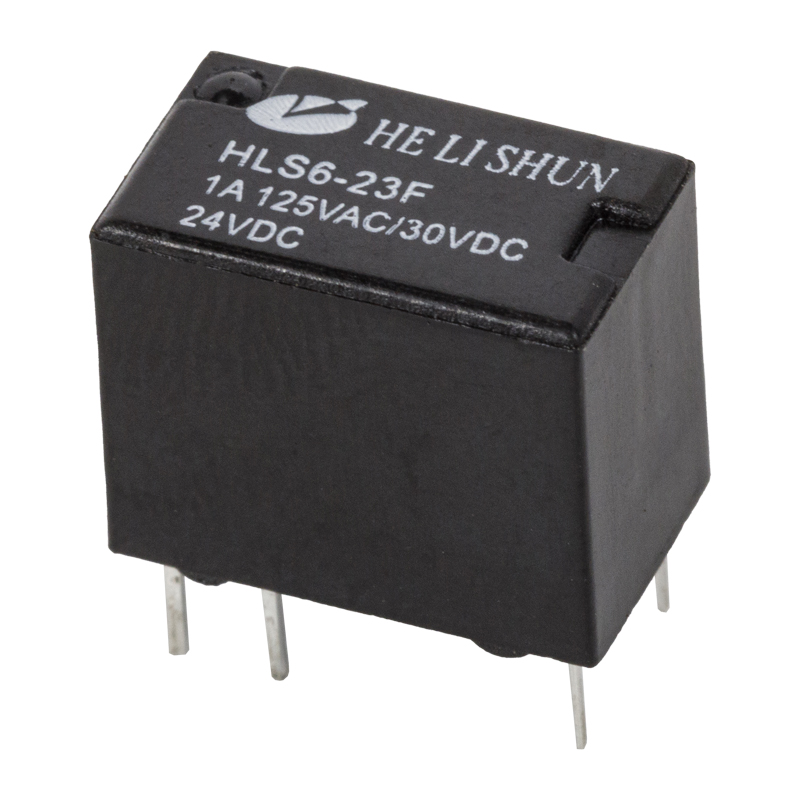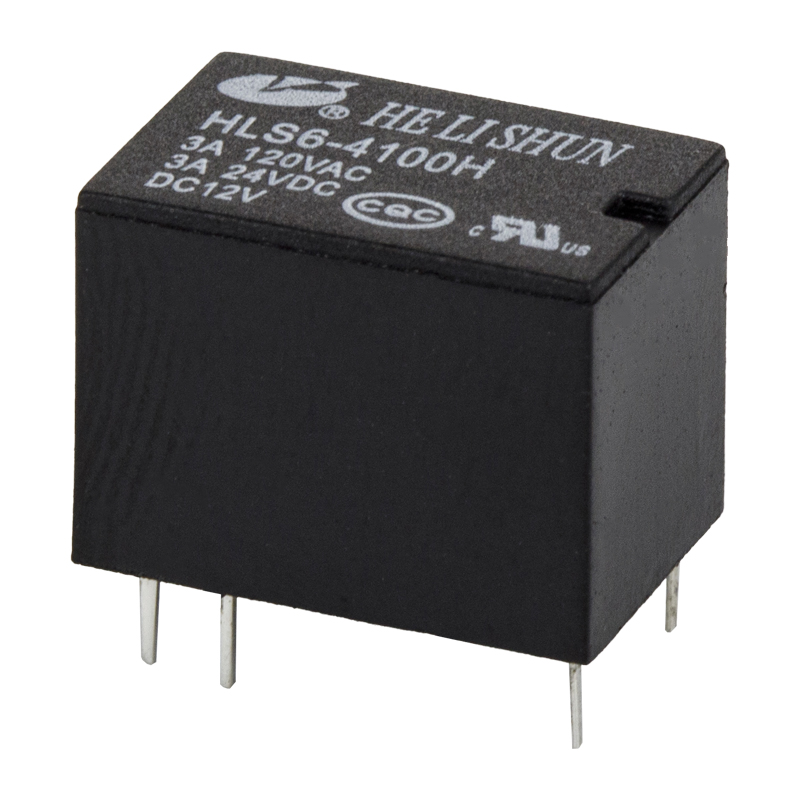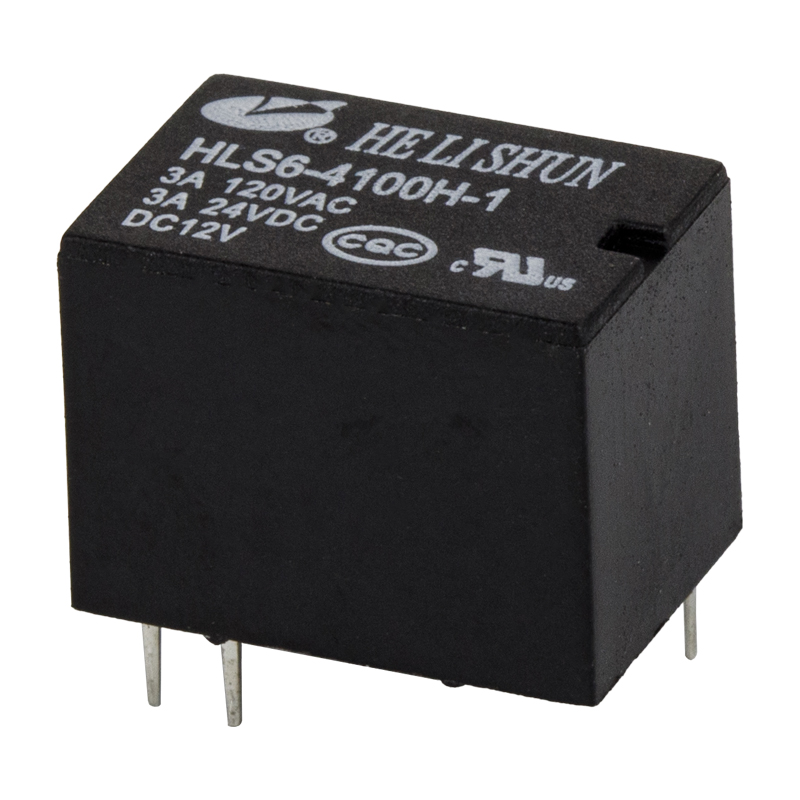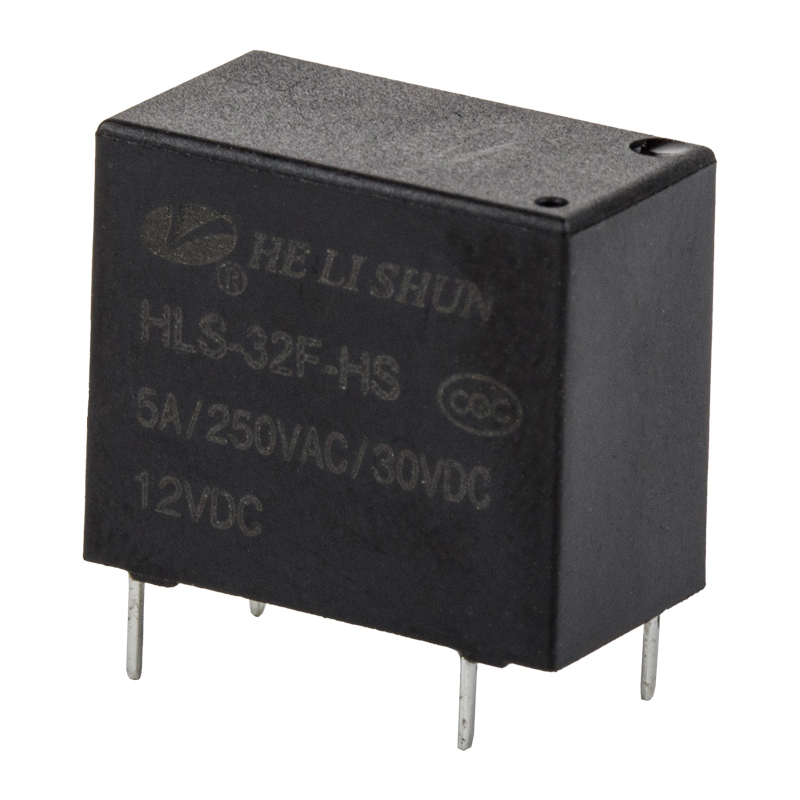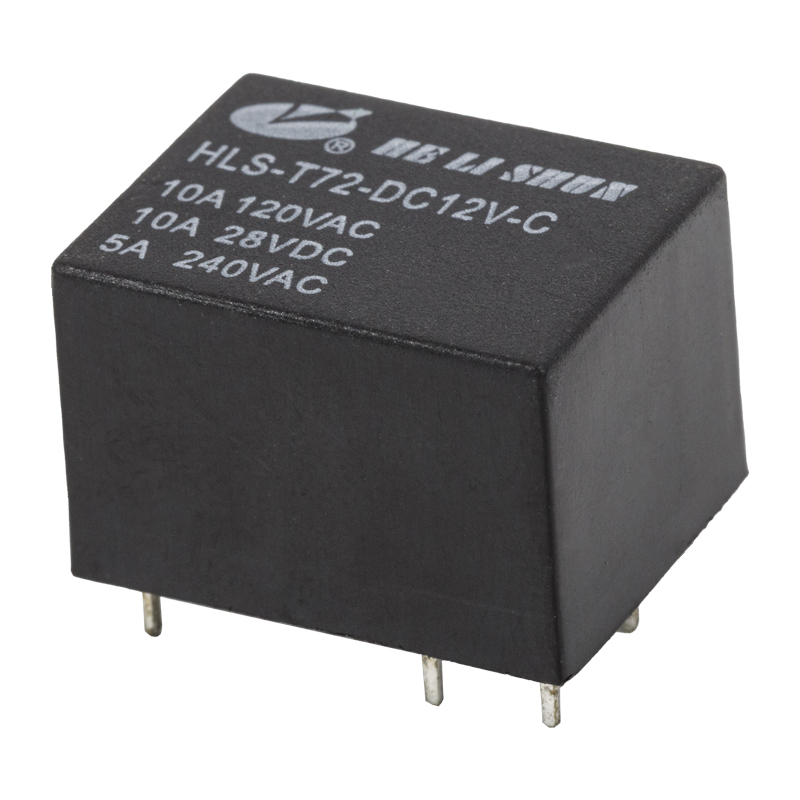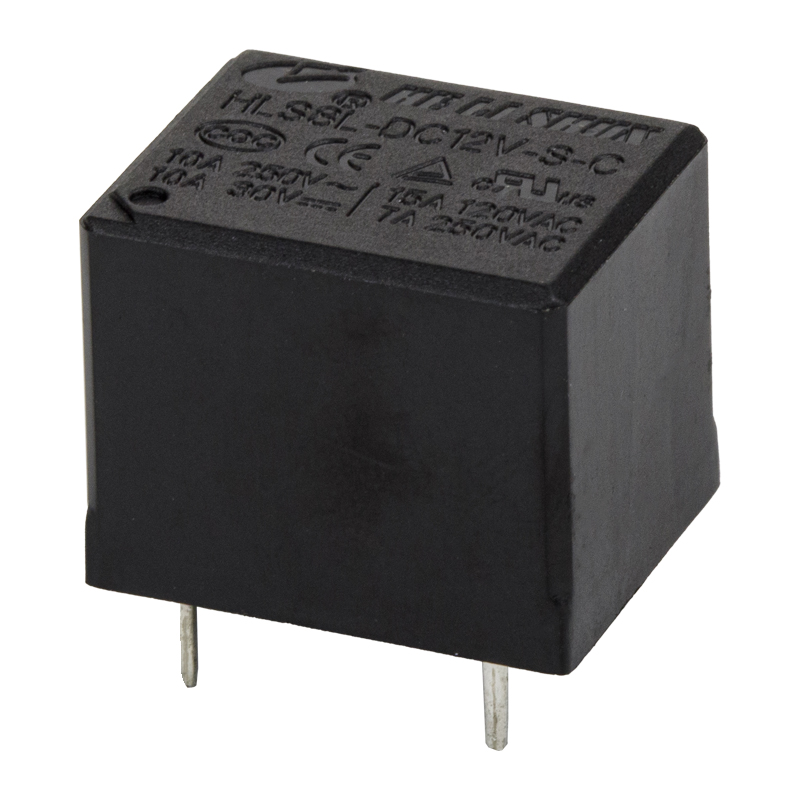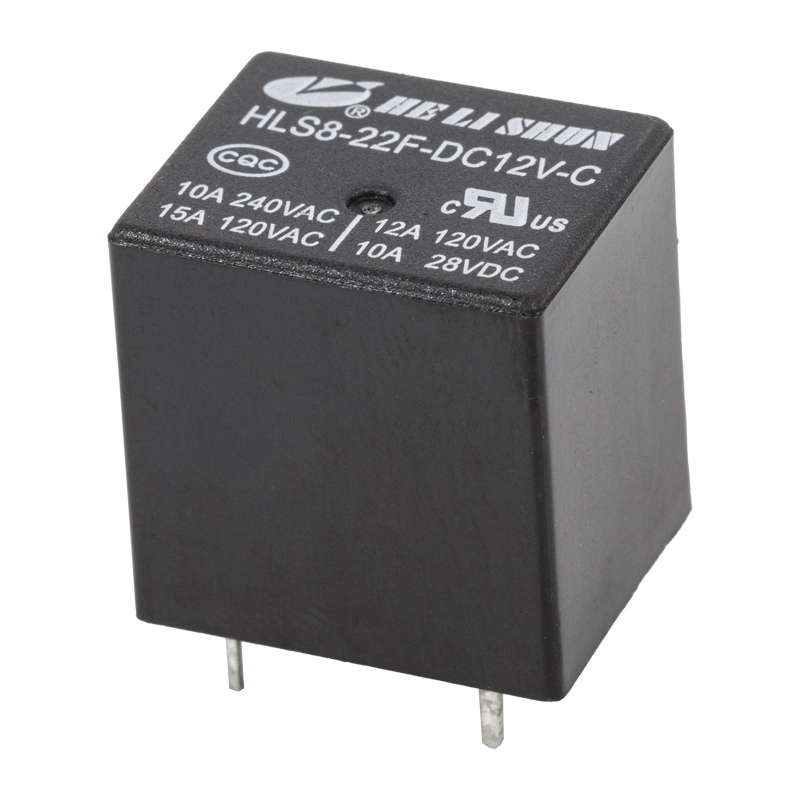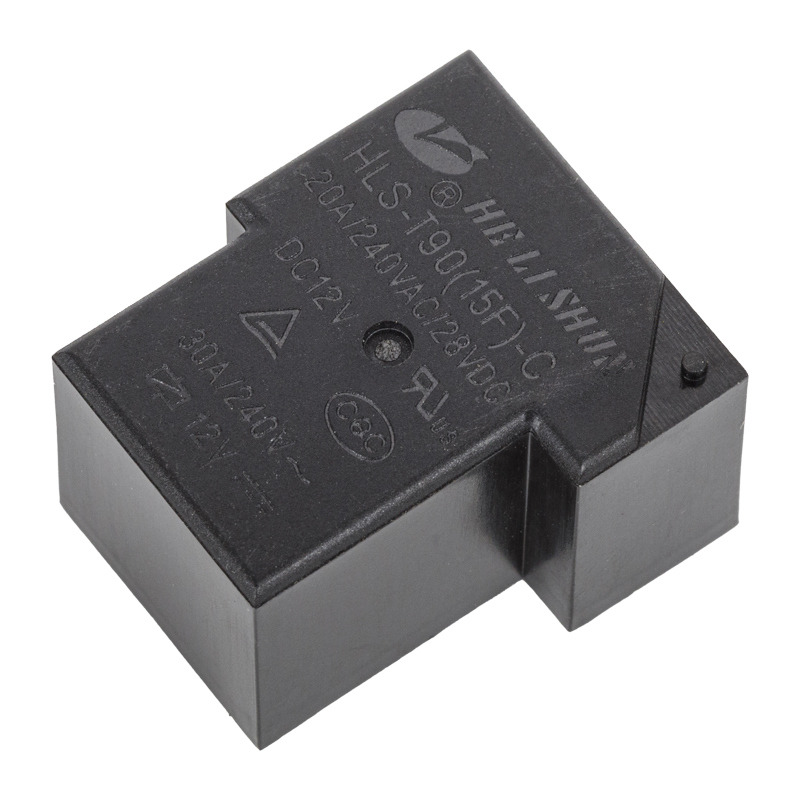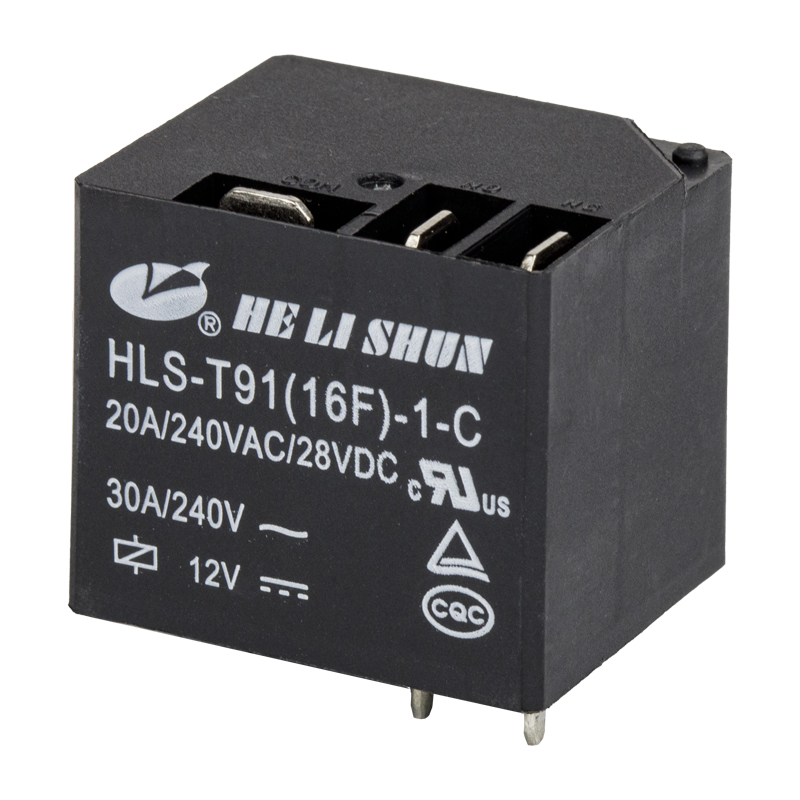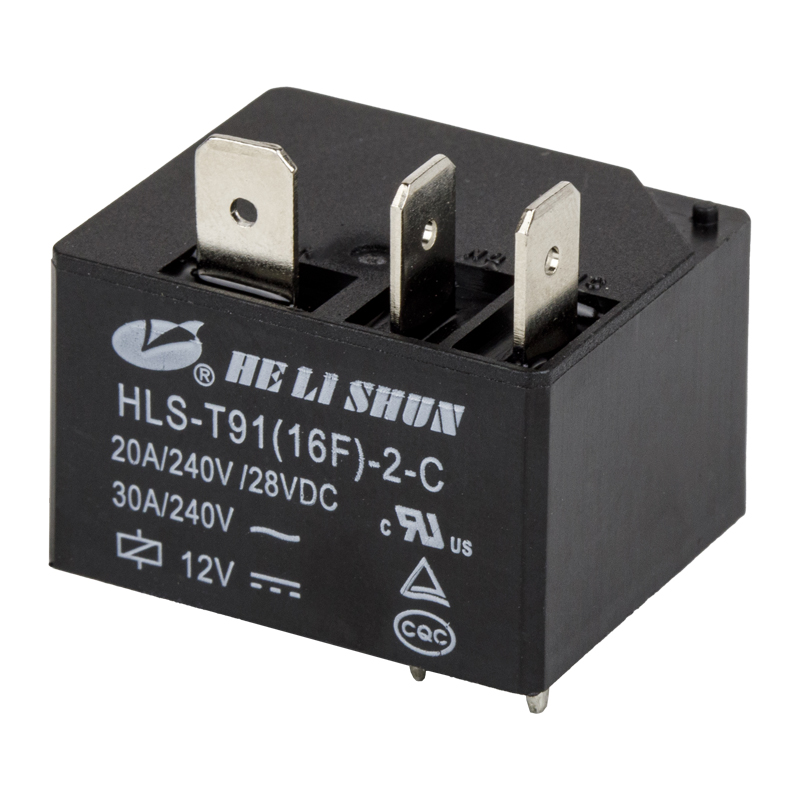In today's industrial automation and electrical control fields, antumotive relay PCB, as key control components, are widely used in the start, stop and protection functions of various motors. It can not only realize remote control of the motor, but also provide a variety of protection functions during the operation of the motor, such as phase loss protection, overload protection, phase loss protection, etc. These functions are important for ensuring the safe operation of the motor and extending its service life.
The AC motor relay is an electrical device used to control the start, stop and running status of the AC motor. It realizes the remote control and protection functions of the motor through the contact action of the relay. Common antumotive relay PCB include three-phase antumotive relay PCB, voltage protection relays, phase loss protection relays, phase imbalance control relays, etc.
These relays usually have the characteristics of high reliability, environmentally friendly design, multiple installation methods, safety protection functions and modular design, and are suitable for industrial automation, elevator control systems, pump station and fan control, and household appliances.
The main technical parameters of antumotive relay PCB include operating frequency, rated voltage, contact capacity, number of auxiliary contacts, mechanical life, electrical life, response time, insulation level, etc. For example, the operating frequency is usually 50Hz or 60Hz, which is suitable for standard industrial power grids; the rated voltage is commonly 220V/380V, which is suitable for three-phase AC systems; the contact capacity can reach 6A (AC-15) or 0.25A (DC-13) depending on the model; the number of auxiliary contacts is usually 2 normally open + 2 normally closed, which are used for signal feedback and control loops.
What are the advantages of antumotive relay PCB?
antumotive relay PCB have high reliability, ensuring stability and consistency in long-term operation. Its design and manufacturing process have been rigorously tested and can continue to work in various industrial environments, reduce failure rates, and ensure continuous operation of the system.
The relay uses environmentally friendly materials that comply with RoHS standards, which not only reduces the impact on the environment, but also meets the requirements of modern industry for green manufacturing. This environmentally friendly design helps companies achieve sustainable development goals and enhance the competitiveness of their products in the international market.
To meet the needs of different application scenarios, antumotive relay PCB support a variety of installation methods, including:
Screw connection: suitable for fixed installation in panels or cabinets;
Plug-in installation: easy to install and remove quickly;
PCB installation: suitable for integration into circuit boards to save space.
These flexible installation methods enable relays to adapt to various space constraints and installation conditions.
antumotive relay PCB have built-in multiple safety protection functions to ensure the safety of the motor during operation, mainly including:
Overload protection: prevent the motor from being damaged due to excessive load;
Phase loss protection: automatically cut off the power supply when a phase in the three-phase power supply is missing to prevent the motor from burning;
Three-phase unbalance protection: when the three-phase voltage or current is unbalanced, respond in time and take protective measures;
Blocking protection: detect whether the motor is mechanically stuck to prevent the motor from being damaged due to long-term blocking.
These functions together constitute a comprehensive protection system, which effectively extends the service life of the motor.
antumotive relay PCB adopt a modular design, which is easy to expand and integrate. This design allows users to choose different functional modules according to actual needs, such as the number of contacts, trigger voltage, etc., to achieve a more flexible control scheme. Modular design not only improves the compatibility of the system, but also simplifies the maintenance and upgrade process. It is suitable for a variety of application scenarios from industrial automation to household appliances.
antumotive relay PCB are widely used in industrial automation, elevator control systems, pump station and fan control, and household appliances. In industrial automation, antumotive relay PCB are used to control the start and stop, forward and reverse rotation of three-phase asynchronous motors; in elevator control systems, they are used to control the operating status of elevator motors; in pump station and fan control, they are used for start and stop control of equipment such as water pumps and fans; in household appliances, they are used for motor control of household appliances such as air conditioners and washing machines.
The installation methods of antumotive relay PCB include screw connection, plug-in installation, PCB installation, etc. Wiring requirements are strictly in accordance with the wiring diagram to ensure correct wiring. Setting and debugging Adjust the setting value of the relay according to the motor nameplate and load conditions. Maintenance and maintenance Check the contact status regularly to ensure the normal operation of the equipment.
When selecting an AC motor relay, you need to choose based on factors such as voltage, current, number of contacts, and installation method. For example, select the appropriate relay model according to the voltage; select the contact capacity of the relay according to the current; select the appropriate number of auxiliary contacts according to the number of contacts; select the appropriate installation method according to the installation method.
antumotive relay PCB may encounter some common problems during use, such as contact burnout, relay inaction, malfunction, etc. For these problems, corresponding solutions can be adopted, such as checking the load and wiring, checking the power supply and coil, checking the environment and contact status, etc.
With the development of technology, antumotive relay PCB are moving towards intelligence, energy saving and miniaturization. In terms of intelligence, sensors and communication modules are integrated to achieve remote monitoring and fault diagnosis; in terms of energy saving, low-power design is adopted to reduce energy consumption; in terms of miniaturization, more compact relays are developed to adapt to application scenarios with limited space.




 English
English 中文简体
中文简体
